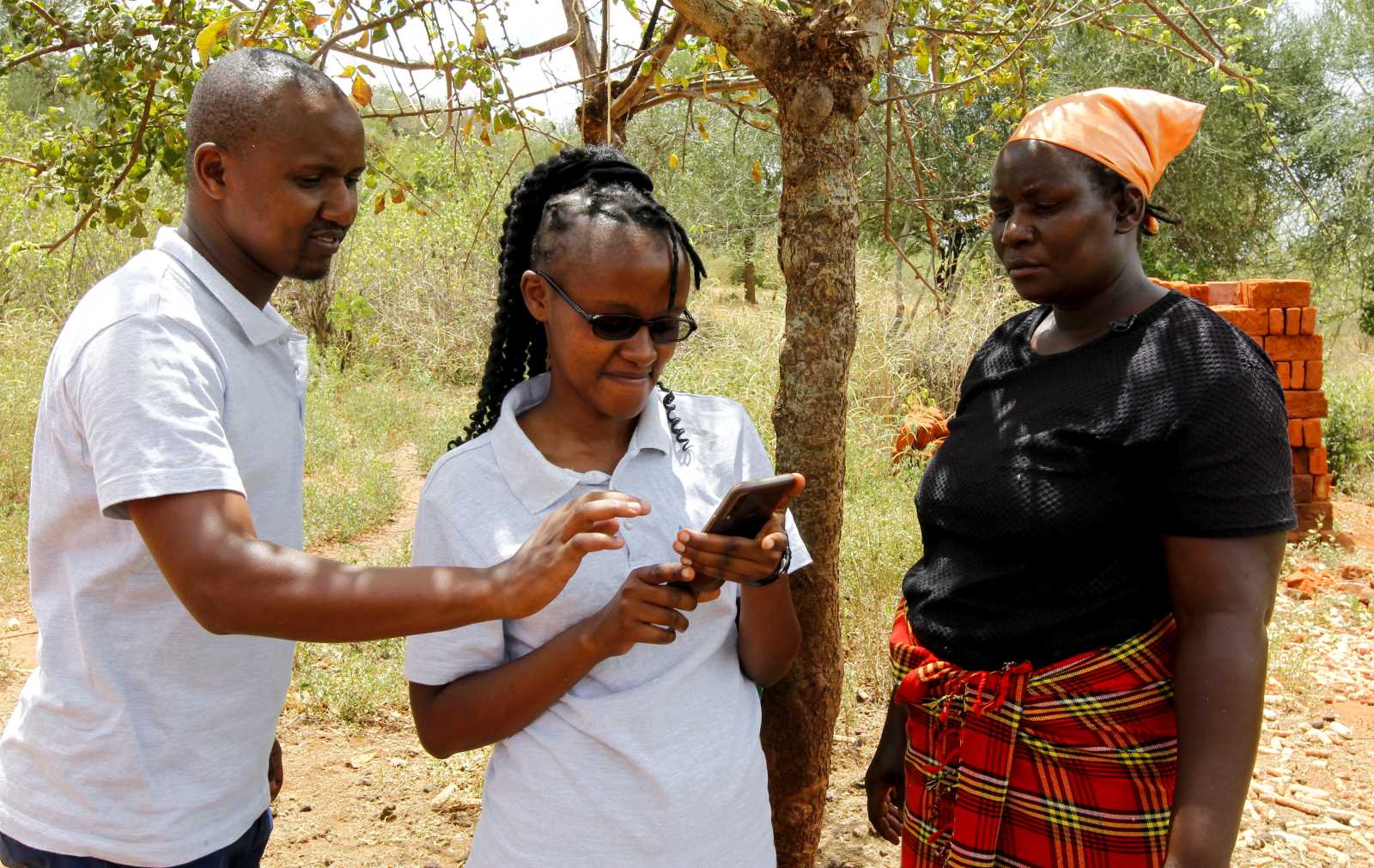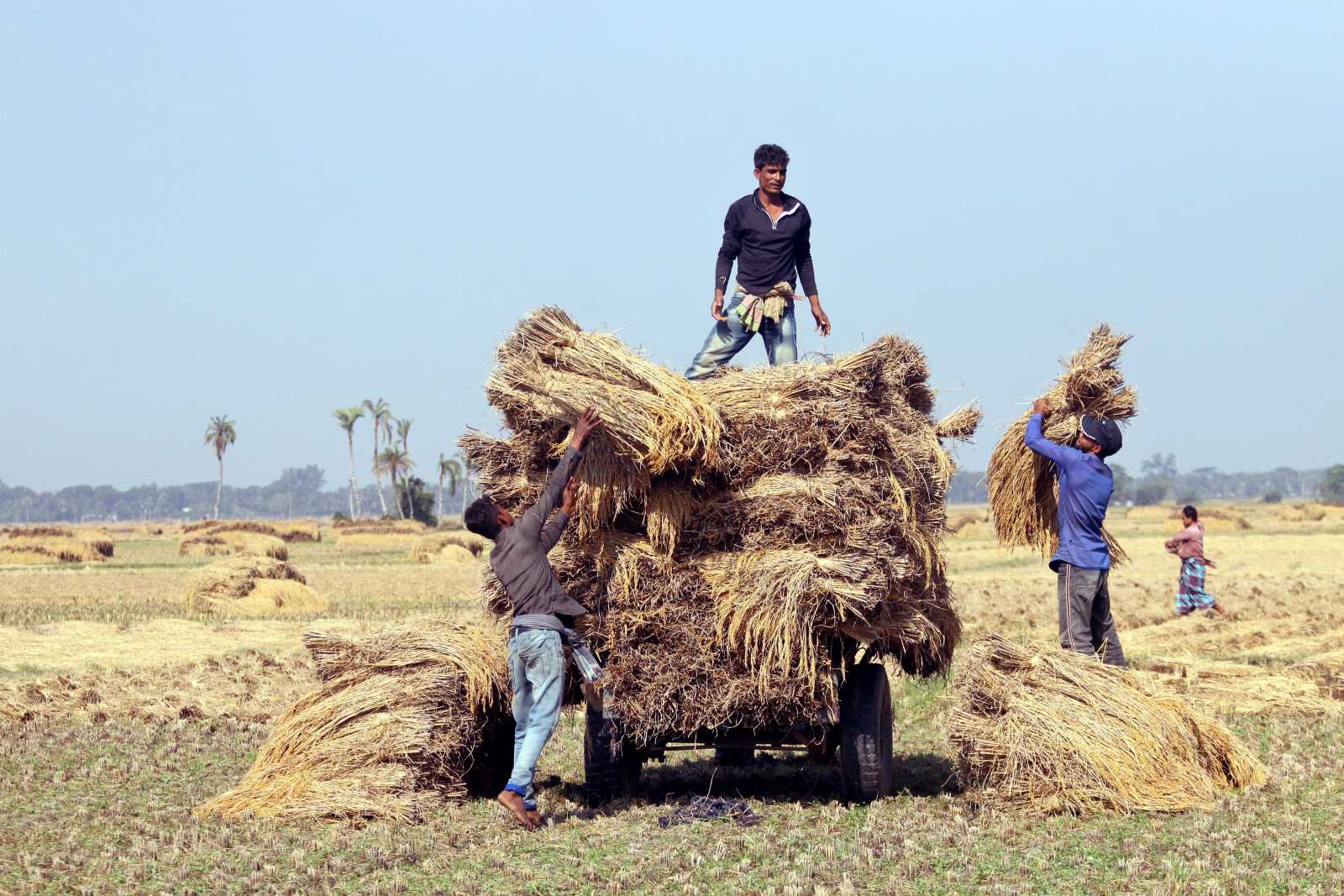Labour migration
Preserving the lifeline of migrants’ remittances
The Covid-19 crisis has hit hard at a major source of income in low- and middle-income countries (LMICs): the remittances of citizens who work abroad. This is causing economic upheavals worldwide, especially in remittance-depending economies like India, Mexico, the Philippines and Egypt.
Worldwide, the amount of money that migrant workers send home fell from an estimated $ 548 billion in pre-Covid 2019 to a forecast $ 508 billion in 2020, and is projected to fall further to $ 470 billion in 2021. That is a 14 % drop in remittances over the two-year period.
Making matters worse, foreign direct investment (FDI) – another crucial support for remittance-receiving economies – is falling even faster in LMICs, according to figures in the World Bank’s “Migration and Development Brief 33” of October 2020.
FDI into low- and middle-income countries declined from $ 534 billion in pre-Covid 2019 to an estimated $ 365 billion in 2020, and is forecast to fall further to $ 373 billion in 2021, for a two-year drop of 30 %. That is more than twice the percentage fall in remittances over the same period (see chart).
A notable aspect is that in 2019, for the first time since 1992, the volume of remittances, which tend to come from individual workers, was actually higher than the volume of FDI, which tends to come from companies and other organisations. The fact that remittance inflows exceed FDI inflows shows just how bad the economic situation is in many LMICs.
The steady fall in both remittances and FDI is a double-whammy in LMICs, on top of the domestic economic impacts of the Covid-19 crisis itself. Some remittance-receiving countries also face concurrent crises including locusts, droughts, floods, non-Covid pandemics and severe macroeconomic problems.
The main reason for the fall in remittances is the weak economies and resulting higher unemployment in the host countries. For the first time in recent history, the absolute number of international migrants is likely to fall, as new labour migration slows, and many migrants return home. Additional reasons for the fall in remittances are weak oil prices and depreciation of host country currencies against the US dollar.
All this is deepening the devastation in remittance-receiving countries. Most individual remittances are small, in the range of a few hundred dollars. Yet without these payments, many families must cope without basic necessities such as food, health care and education.
Moving the funds
Against this backdrop, it is particularly important to encourage remittances by making money transfers as easy as possible. An important element of easing the process is lowering the fees that the migrant workers pay to financial intermediaries.
The UN’s Sustainable Development Goals (SDGs) set targets for reducing those fees, as well as for increasing the overall volume of remittances sent. SDG indicator 10.c.1 sets a target of reducing the fees charged by financial intermediaries to three percent of the amount remitted by the year 2030.
In March 2020, in a call for a coordinated response to Covid-19, UN Secretary General Guterres went further, saying those fees should be reduced to near zero. “Remittances are a lifeline in the developing world – especially now,” he said in a video address. “Countries have already committed to reduce remittance fees to three percent, much below the current average levels. The crisis requires us to go further, getting as close to zero as possible.”
There is a long way to go to achieve this goal. According to the World Bank’s Remittance Prices Worldwide Database, the average cost of sending $ 200 to LMICs was 6.8 % in the third quarter of 2020. That was still more than twice the SDG target.
In some cases, the fees for moving money are as high as 11 %. Banks are the most expensive, with an average charge of 10.9 % of the amount sent. Post offices charge on average 8.6 %, followed by money-transfer operators such as Western Union, which charge 5.8 %. Mobile operators, which provide transfers electronically over mobile-phone networks, charge 2.8 %.
Geographically, the fees are lowest for sending money to South Asia, at around five percent, while for Sub-Saharan Africa the average cost is close to nine percent. Fees for many funds transfers within Africa and among Pacific Island nations are above ten percent.
In general, fees tend to be high for cash-to-cash transfers that many poor people rely on because they lack access to banking services. Opening up access by money-transfer operators to partnerships with national post offices, national banks and telecommunications companies would boost competition in remittance markets and lead to lower fees.
A further helpful measure would be to ensure that mobile money-service providers, which offer convenience as well as lower-average costs to migrant workers, have easy access to opening correspondent bank accounts. This would help millions of workers by offering more secure channels for sending money home.
There is an additional incentive to do so: governments can mobilise diaspora savings and investments by securitising future remittance flows and issuing diaspora bonds. This process could help to maximise the use of remittance flows for development purposes.
A call to action
Global action would make sense. A coalition of national governments and international organisations spelled out what needs to be done in May 2020 in a document titled “Remittances in Crisis: How to Keep them Flowing”. This call to action has been endorsed by 30 countries and 17 organisations, including the World Bank, UN agencies, industry associations, civil society and diaspora groups. Britain and Switzerland played leading roles.
The document suggests that policy makers immediately declare that moving remittance funds is an essential financial service. That would allow financial services providers on both the sending and receiving ends to stay open and accessible to migrants – particularly to poor migrants and their families who may not have bank accounts or online access.
In the medium-term, the document calls for scaling up digital remittance channels, to give migrants and families more access to these cheaper channels. In the wake of Covid-19, digital operators have already seen a significant increase in remittance transfers. MoneyGram’s digital transactions surged 106 % in the second quarter of 2020 compared with the previous year, while Western Union’s rose 50 % in the same period.
To build upon this trend, the Call-to-Action document advises financial-services providers to offer financial-literacy programmes to migrants and to remittance recipients, explaining to them how to use digital remittance channels.
Supporting development
Labour migration and remittances are not substitutes for economic development in LMICs. Yet labour migration can be managed better so that it supports economic development.
For example, the World Bank is helping remittance-receiving countries to issue diaspora bonds, to maximise financial flows for economic development. The Bank also supports development of safe and efficient national payment systems and infrastructure, which facilitate remittance transfers.
The Bank also continues to monitor the prices for sending remittances and is working towards eliminating barriers to entry into the remittances market. In doing so, the Bank has discovered significant data gaps that prevent real-time monitoring of remittance flows and migratory movements. Information is missing on stranded and returning migrants, among other data points.
The data collection systems should be improved. Through the Global Knowledge Partnership on Migration and Development (KNOMAD), the World Bank is forming an international working group on improving data on remittances, in collaboration with national statistical offices, central banks and selected international organisations.
With better data on remittances and stronger international cooperation on remittance issues, the world can come closer to meeting the goals of a smoother-functioning remittances transfer system. That should help to preserve a lifeline that is needed in developing countries now more than ever.
Links
KNOMAD, 2020: Call to action – Remittances in crisis: how to keep them flowing.
https://www.knomad.org/covid-19-remittances-call-to-action/
World Bank, 2020: Migration and Development Brief 33.
https://www.worldbank.org/en/topic/socialprotectionandjobs/publication/migration-and-development-brief-33
Dilip Ratha is the World Bank’s lead economist for migration and remittances and head of KNOMAD, a global think tank on migration and development headquartered at the Bank. It is supported by the EU, Germany and Switzerland, and it operates in collaboration with the IOM, the OECD and many UN agencies.
dratha@worldbank.org









